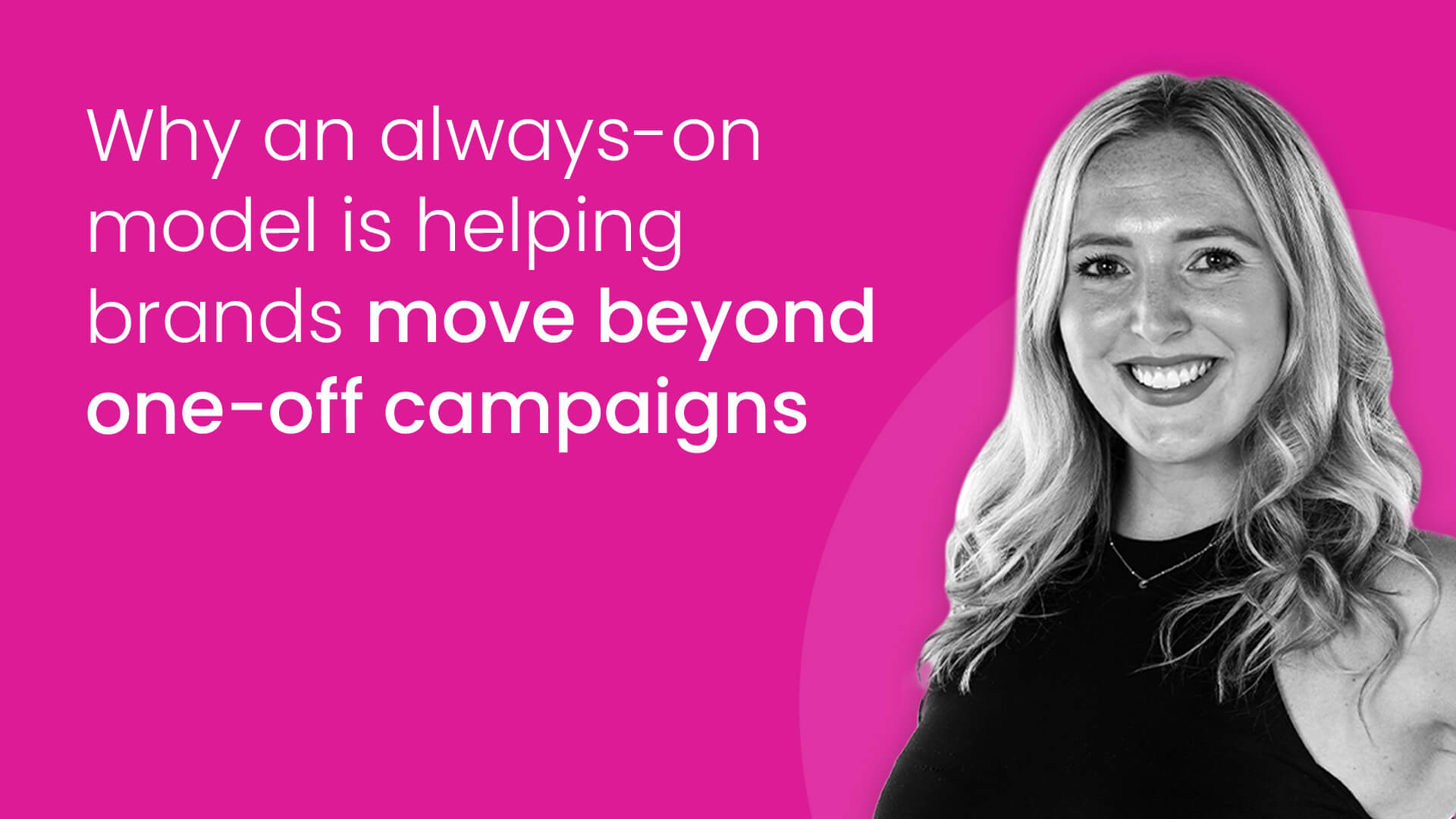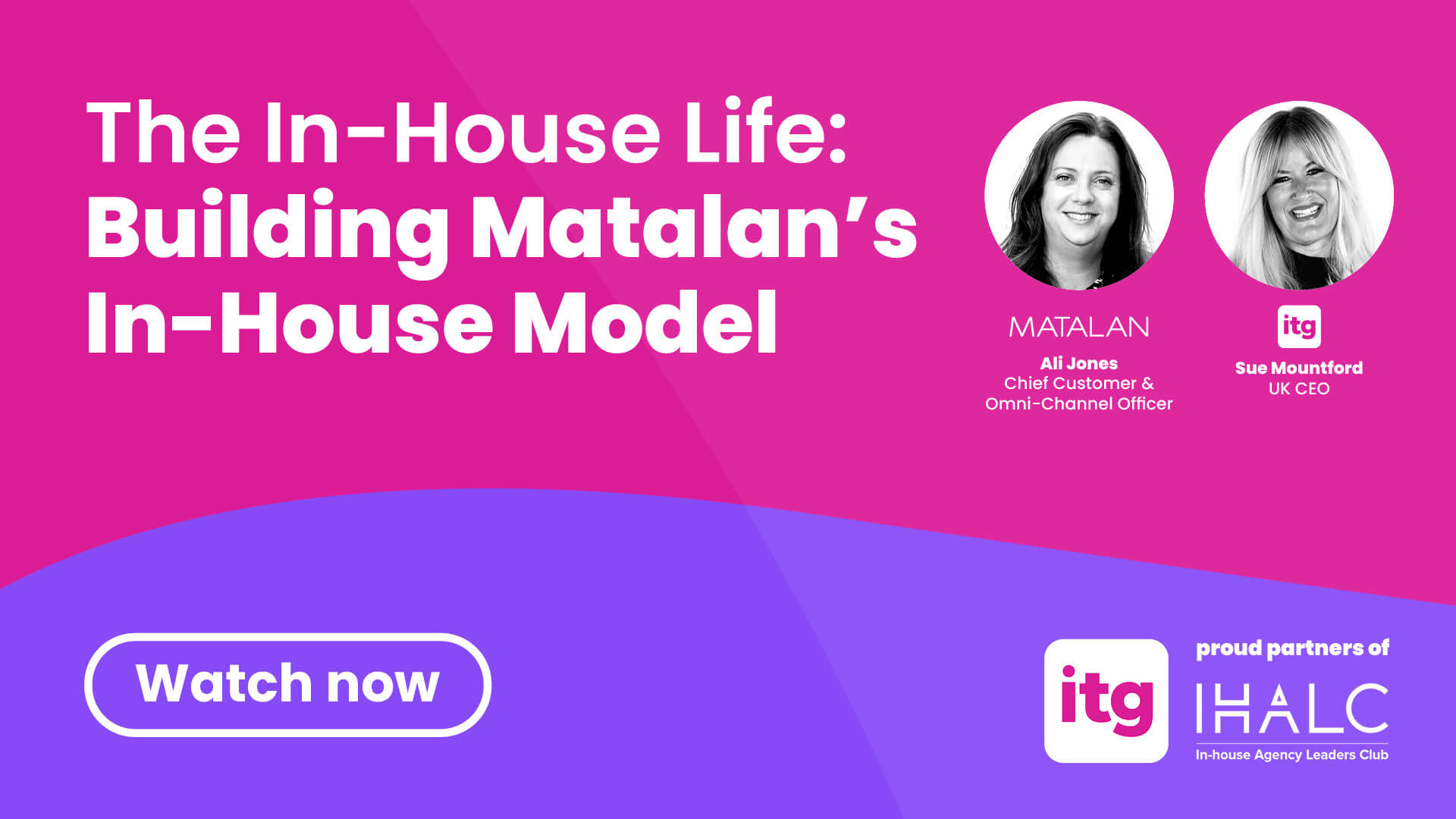Marketing leaders today face a tough challenge: how to deliver high-impact campaigns while keeping costs under control. Traditional models rely heavily on big-budget hero campaigns, but these often fail to deliver long-term value.
Q: Marketing teams often focus on “hero” campaigns. How does the Halo Strategy shift this perspective?
Chloe: Hero campaigns have traditionally been the big-ticket moments – high-budget, high-impact creative work designed to capture attention. But today, marketing isn’t just about big moments; it’s about sustaining engagement, maximizing efficiency, and ensuring ROI across every touchpoint. That’s where the Halo Strategy comes in. Instead of relying on a few costly campaigns, we’ve built an AI-enabled, scalable model that allows brands to generate continuous impact – without excessive spend. With Halo, we move from one-off hero campaigns to an always-on, cost-efficient marketing model where content, messaging, and assets are dynamically produced and optimized using AI and automation.Q: Does this mean brands should replace hero campaigns entirely?
Chloe: Not at all – it’s about balance. Hero campaigns still play a role in major brand moments, but they shouldn’t be the only strategy. Marketing teams today face budget constraints and resource challenges, so the real focus should be on how to sustain engagement after a hero campaign launches. Sweating assets – ensuring content is repurposed and personalized across channels – maximizes value without extra spend. Halo builds an ecosystem that continuously evolves – where assets and content adapt based on audience behaviour, market conditions, and real-time performance data, all while reducing production costs. For a brand like Mentos, it’s proving revolutionary – reducing costs while enabling high-quality, consistent creation of content across numerous global markets.Q: How does the Halo Strategy transform marketing execution from a workflow perspective?
Chloe: In traditional agencies, the marketing execution is slow, expensive, and fragmented. Teams brief, create, approve, and launch – often in disconnected workflows with multiple redundant platforms. The Halo Strategy eliminates inefficiencies by making workflows:- Tech-enabled & automated – reducing production time and cutting costs through AI-powered creative automation.
- Optimized in real-time – using AI and insights to refine messaging and creative instantly, eliminating wasted spend.
- Integrated with procurement goals – consolidating tools and processes to reduce inefficiencies and optimize budgets.
Q: How does ITG’s Halo Strategy reduce costs without sacrificing quality?
Chloe: The biggest challenge for CMOs, Growth Directors, and Procurement teams is scaling marketing without increasing costs. The Halo Strategy delivers savings across three key areas:- Hard cost savings: ITG’s AI-driven solutions cut production costs by automating asset creation and streamlining workflows.
- Technology savings: Consolidating multiple platforms into a single, integrated system reduces tool redundancy and subscription costs.
- People savings: Automating repetitive tasks frees up teams to focus on high-value strategic work, rather than the manual churn.
Q: AI is a major part of this conversation. Where does it fit into the Halo model?
Chloe: AI is critical, but the key is AI + human collaboration. In the Halo Strategy, AI is used to:
- Generate on-brand, localized content at scale – faster and for a lower spend.
- Automate creative production and asset adaptation – reducing manual work and costs.
- Optimize campaign performance in real-time – eliminating wasted budget on underperforming content.
But AI doesn’t replace teams – it removes friction, enhances efficiency, and allows marketers to focus on strategic execution rather than repetitive production tasks. Matalan are a major brand who are seeing the benefits of an AI-powered model, and you can watch our recent webinar below.
Q: How does ITG’s Halo Strategy differ from traditional marketing models?
Chloe: The biggest difference is cost efficiency and agility. Traditional marketing models involve siloed teams, disconnected workflows, and high production costs.
The Halo model creates a seamless, tech-driven ecosystem where:
- Marketing and procurement align on cost-saving strategies.
- AI and automation handle high-volume production – saving time and resources.
- Strategy, creativity, and execution work together – rather than in costly silos.
It’s a future-proof model designed for cost-conscious, results-driven marketing teams.
Q: What’s the big shift for 2025 and beyond?
Chloe: Marketing budgets are under pressure – and brands that don’t optimize costs will struggle to compete.
In 2025, we’ll see a major shift towards adaptive, AI-powered, cost-efficient marketing execution. Read more on our top trends for content strategy in 2025.
🔹 Brands will move away from bloated budgets and static playbooks.
🔹 Automation and AI will become non-negotiable for cost savings.
🔹 Marketing execution will be faster, smarter, and more data-driven than ever.
Brands that embrace Halo thinking – where AI, automation, and creativity work together to reduce costs and scale efficiently – will have a competitive edge. Those who don’t will struggle to scale without increasing costs, which is simply unsustainable.
For more information about our Halo Strategy, get in touch with Chloe at chloeguest@inspiredthinking.group or fill in the form below.


